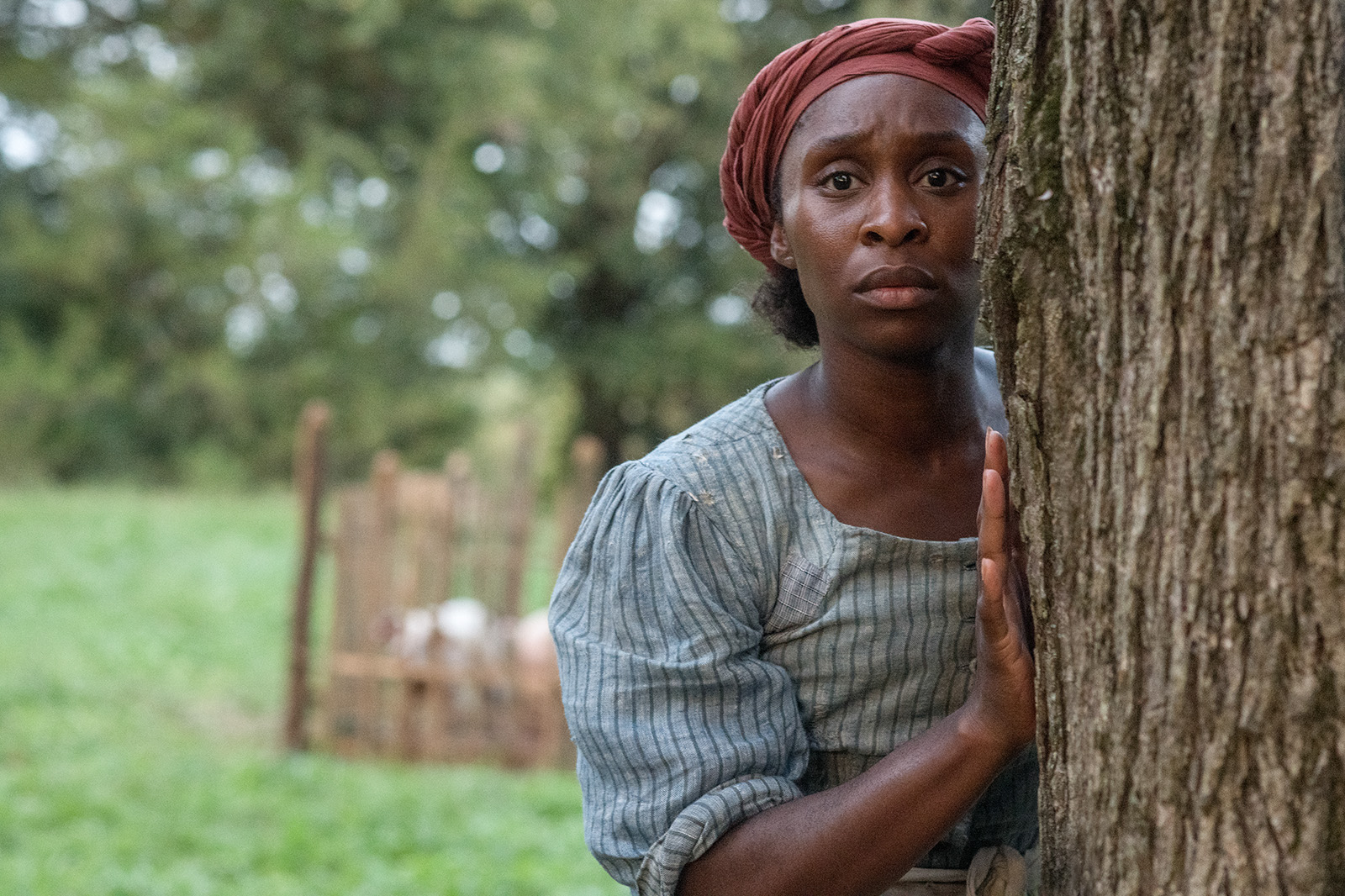‘Harriet’ liberates hidden stories, aiming to portray unheard heroic history

(Courtesy of Glen Wilson/Focus Features)
By Olivia Mazzucato
Nov. 3, 2019 11:38 p.m.
Kasi Lemmons’ heart started racing when a producer first brought up the idea for the film “Harriet” – an inspiring, heroic story long overdue to be depicted on the big screen, she said.
Lemmons, a UCLA alumna, directed and co-wrote “Harriet,” which premiered Friday. The film follows Harriet Tubman as she escapes slavery and becomes a conductor on the Underground Railroad, guiding others to freedom. The film focuses on telling Tubman’s untold story, exploring some of the lesser-known elements of her heroic legacy, Lemmons said.
“I wanted to let her be the superheroine that she was, and yet really root it in love and love of family,” Lemmons said. “(I wanted to) really be able to access her not just as this heroic figure, but as a woman as well.”
Though Tubman’s name is familiar, the details of her story have rarely been portrayed in film or television – with some examples being the recent TV series “Underground” and a 1978 miniseries titled “A Woman Called Moses.”
Brenda Stevenson, a UCLA history professor and Nickoll Family Endowed Chair in History, said that the debate over putting Tubman on the $20 bill demonstrated how little people know about her. Many don’t know about Tubman’s role in the Civil War as a spy, nurse and military leader, or about the layered nuances of her identity, Stevenson said.
“(People) don’t realize the magnitude of her work,” Stevenson said. “She was this very courageous, brave, bold person, ingenious person, along with the fact that she had a severe disability – a traumatic brain injury – and of course, as an enslaved woman, she also was not protected by the law and was impoverished; … it’s an incredible story.”
[Related: ‘Dickinson’ aligns poet’s world with our own, dresses modern issues in old fashion]
Lemmons said she had a more cursory knowledge of Tubman before working on the film and threw herself into research to prepare, digging into the details of Tubman’s life. One facet that stood out to her was the delineation in Tubman’s family between those who were enslaved and those who were free. While Tubman, her mother and sisters were enslaved, her father and husband were free, creating a complicated family dynamic that Lemmons said “Harriet” explores.
Another element central to Tubman was her spirituality. Tubman claimed to have experienced visions and revelations from God after her brain injury at the hands of an overseer – visions that she claimed helped her successfully navigate the treacherous path to freedom. As Lemmons realized how pivotal that spirituality was, she knew that she had to include it in the film.
“Her contemporaries said even if we don’t believe it, we know that she believes it and we can’t explain how she survived otherwise – she believed she was guided,” Lemmons said. “She had these flashes of insight, she was told direct messages and she followed them without questioning, and I thought it’s a really interesting aspect of her character.”
Beyond conveying unknown details of Tubman’s life, Lemmons also considered taking a different approach within the cinematic historical genre. In the past, many films about slavery have depicted the physical pain and brutality of enslavement, but Lemmons sought to portray another brutality – the separation of family.
“It has to do with watching your sister sold away or her brother leaving his wife right after childbirth or her sister being unwilling to run because she didn’t want to leave her children, who had been hidden from her,” Lemmons said. “Those are true stories; that’s the Harriet Tubman story, the story of her family.”
The emotionally challenging nature of the time period was also something to contend with, Lemmons said. Production designer Warren Alan Young said designing the slaves’ quarters in which Tubman lived was emotionally impactful because the set was almost like its own character with something to say – it had its own language and played a specific part in the story. Young wanted to make sure he got the quarters right, from the dirt floors to the sleeping arrangements, ensuring that viewers truly understood what an enslaved existence was like, he said.
The historical period’s heaviness also weighed on Lemmons while simultaneously providing encouragement. American history and the foundations of slavery upon which the country is built were emotionally challenging to consider, but Lemmons found motivation by leaning into it, she said.
“I find it very inspirational because I’m reminded of the strength and the ingenuity and the resilience of black people, and so I really tried to bring that to the movie,” Lemmons said. “(I wanted to bring) that kind of exhilaration about the concept of freedom and the celebration of this kind of courage.”
[Related: ‘Once Upon a Time … in Hollywood’ production crew restores 1960s Westwood]
Lemmons hopes that Tubman’s courage and accomplishments inspire all those who watch “Harriet,” but particularly young people and women. The fact that one woman born into enslavement was able to accomplish so much through determination and sheer force of will should help audiences recognize that Tubman is a heroine for us in our time, she said.
“I’d like to activate people, … really to have you examine what you would be willing to do for freedom,” Lemmons said. “There’s so much on the line right now in our country; … I think that’s a really meaningful question, and that’s something that we need to be able to have that answer and say, ‘Would we be that brave?'”

